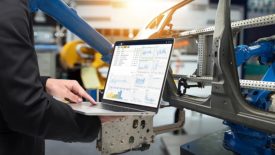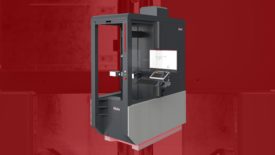Home » Keywords: » root cause analysis
Items Tagged with 'root cause analysis'
ARTICLES
Software
It is helpful to extend your root cause analysis by looking at the problem from several different angles.
Read More
Software
Finding Root Causes: How to Identify and Understand the Core Issues
Well, before you can find it, you have to know what it looks like.
May 23, 2024
Trends
Shifting Left in Manufacturing Quality
The future of quality in manufacturing is predictive.
January 16, 2024
From the Editor | Darryl Seland
Consolidation: One-Stop-Shops and All-in-One Computers
June 15, 2022
Test & Inspection
Is it Possible to Measure Shaft, Form and Gear with an All-In-One Machine?
Do more with less — minimizing downtime for production workpiece measurements.
May 30, 2022
Software & Analysis
Sledgehammer vs. Nutcracker: Which is the Right Tool for the Job?
Tools for identifying a problem, its root cause and its impact.
May 30, 2022
A Paradigm Shift in Internal Audits
How the power of teamwork strengthens the internal audit process.
March 15, 2020
Problem-Solving Basics
Use the following thoughts to avoid the damaging blame game.
April 9, 2018
EVENTS
Webinar
6/5/24 to 6/5/25
Contact: Meg K.
Mastering CAPA Writing: Enhancing Failure Investigation & Root Cause Analysis Techniques
Stay in the know with Quality’s comprehensive coverage of
the manufacturing and metrology industries.
eNewsletter | Website | eMagazine
JOIN TODAY!Copyright ©2024. All Rights Reserved BNP Media.
Design, CMS, Hosting & Web Development :: ePublishing











